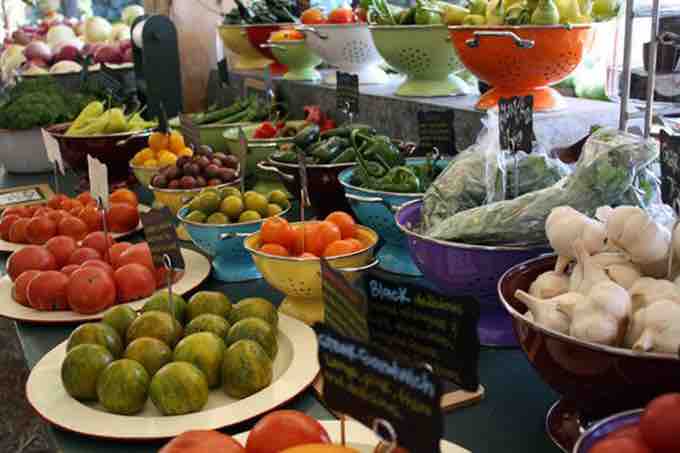Introduction to Animal Nutrition
All living organisms need nutrients to survive. While plants can obtain the molecules required for cellular function through the process of photosynthesis, most animals obtain their nutrients by the consumption of other organisms. At the cellular level, the biological molecules necessary for animal function are amino acids, lipid molecules, nucleotides, and simple sugars. The food consumed consists of protein, fat, and complex carbohydrates , but the requirements of each are different for each animal.

Balanced human diet
For humans, fruits and vegetables are important in maintaining a balanced diet. Both of these are an important source of vitamins and minerals, as well as carbohydrates, which are broken down through digestion for energy.
Animals must convert these macromolecules into the simple molecules required for maintaining cellular functions, such as assembling new molecules, cells, and tissues. The conversion of the food consumed to the nutrients required is a multi-step process involving digestion and absorption. During digestion, food particles are broken down to smaller components which will later be absorbed by the body.
Digestive System
The digestive system is one of the largest organ systems in the human body. It is responsible for processing ingested food and liquids. The cells of the human body all require a wide array of chemicals to support their metabolic activities, from organic nutrients used as fuel to the water that sustains life at the cellular level. The digestive system not only effectively chemically reduces the compounds in food into their fundamental building blocks, but also acts to retain water and excrete undigested materials. The functions of the digestive system can be summarized as follows: ingestion (eat food), digestion (breakdown of food), absorption (extraction of nutrients from the food), and defecation (removal of waste products).
The digestive system consists of a group of organs that form a closed tube-like structure called the gastrointestinal tract (GI tract) or the alimentary canal . For convenience, the GI tract is divided into upper GI tract and lower GI tract. The organs that make up the GI tract include the mouth, the esophagus, the stomach, the small intestine, and the large intestine. There are also several accessory organs that secrete various enzymes into the GI tract. These include the salivary glands, the liver, and the pancreas.
Generalized animal digestive system
This diagram shows a generalized animal digestive system, detailing the different organs and their functions.
Challenges to Human Nutrition
One of the challenges in human nutrition is maintaining a balance between food intake, storage, and energy expenditure. Imbalances can have serious health consequences. For example, eating too much food while not expending much energy leads to obesity, which in turn will increase the risk of developing illnesses such as type-2 diabetes and cardiovascular disease. The recent rise in obesity and related diseases means that understanding the role of diet and nutrition in maintaining good health is more important than ever.